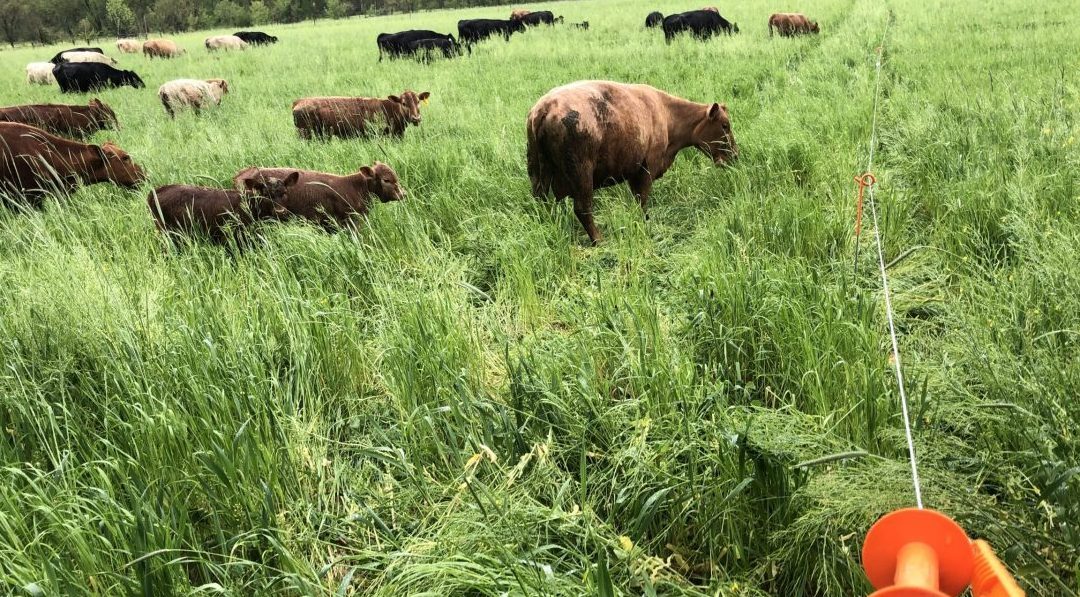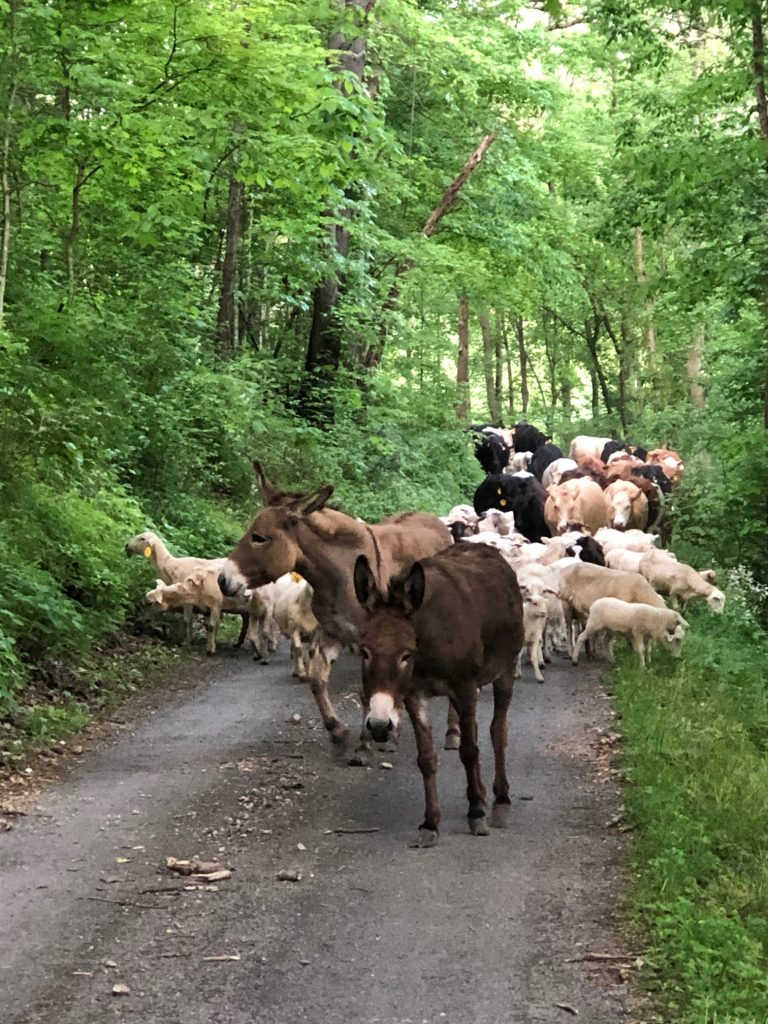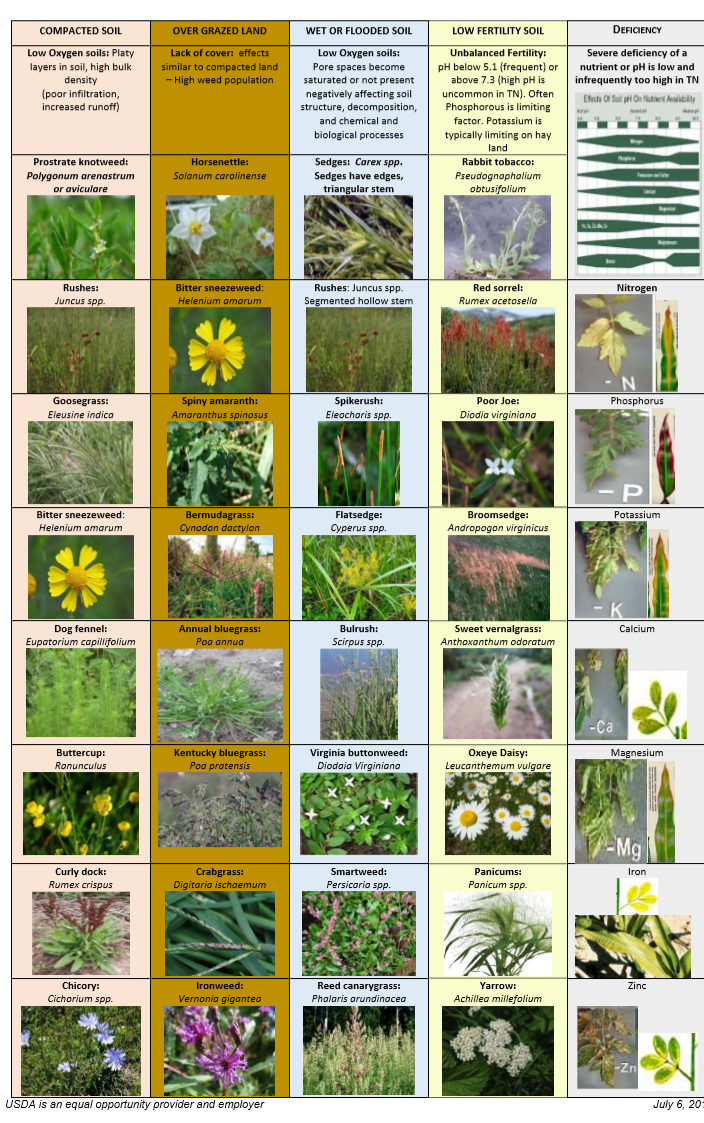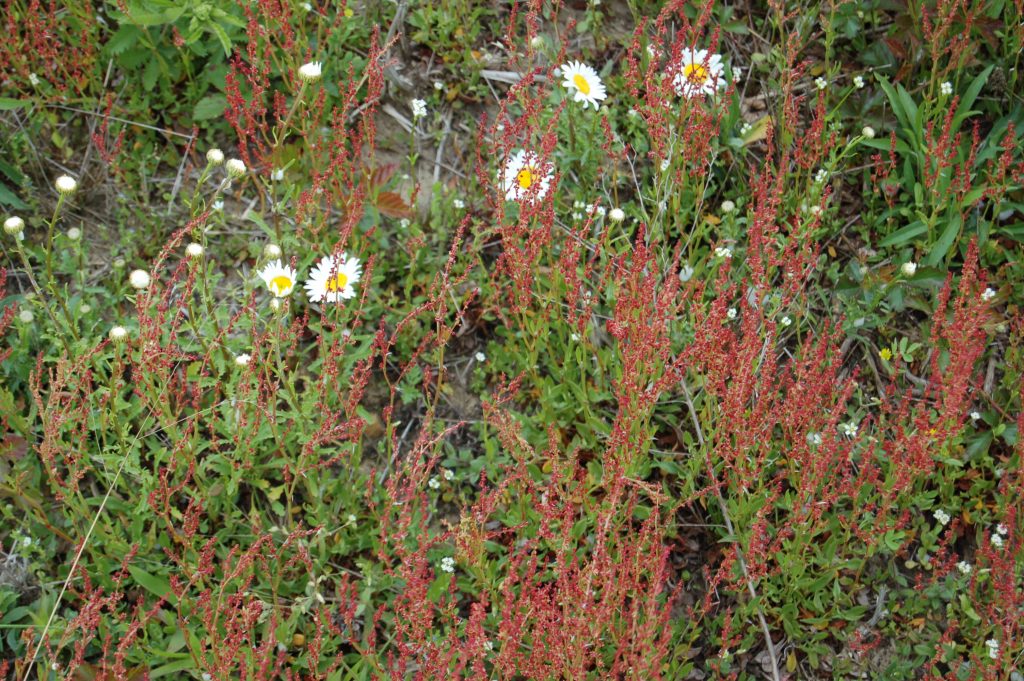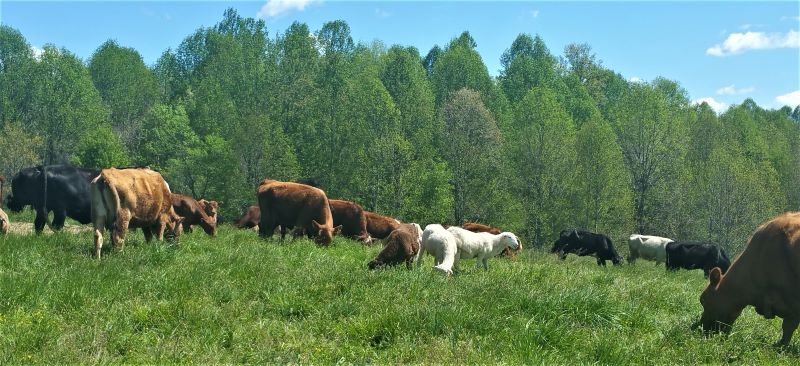
Cowboy Math – Acres per Paddock
This table assumes 5 inches of growth at turn in and good to excellent forage weighing 300 pounds per acre inch. Livestock numbers are based on 1,000-pound animals with a calf up to 300 pounds. Consumption rate is based on an average of 2.6 percent of body weight consumed per day throughout the year. Paddock size is an estimate that is best kept within 30% of recommended size. Recommended paddock size is based on the assumed production information in the table.
|
Rotation Frequency |
3.5 |
7 |
14 |
|
Grazing Efficiency
|
65% |
50% |
35% |
|
Herd/Head
|
———-acres—– |
||
|
10 |
1 |
2.5 |
7 |
|
20 |
2 |
5 |
14 |
|
30 |
3 |
7 |
21 |
|
40 |
4 |
10 |
28 |
|
50 |
5 |
12 |
35 |
|
60 |
5.5 |
15 |
42 |
|
70 |
6.5 |
17 |
49 |
|
80 |
7.5 |
19 |
56 |
|
90 |
8.5 |
22 |
62 |
|
100 |
9.5 |
24 |
69 |
|
150 |
14 |
36 |
104 |
|
200 |
19 |
49 |
139 |
|
250 |
23 |
61 |
173 |
|
300 |
28 |
73 |
208 |
Acres/ = (Animal Wt.) X (Intake Rate in % Body Weight) X (Animal No.) X (Days on Paddock) Paddock (Inches) X (Pounds per Acre Inch) X (% Grazing Efficiency)
Example 1
Where should I locate water in a 16-acre or smaller field? Given: 50-head cow herd weighing 1,000 pounds, turn cattle in field at 5” height on good forage, rotation is seven days.
Answer: The best location for water would be in the middle of a fence line, because for a seven-day rotation, 12-acre paddocks are recommended. If all fields are of similar size, water could be placed in every other fence line provided that travel distance to water is less than 800’ (water point’s 1,600’ apart3).
|
Grazing Efficiency2 |
||
|
Number of Paddocks |
Approximate Days on Each Paddock |
Grazing Efficiency Includes Maintaining Minimum Stubble |
|
Continuous |
——- |
40% or less or (80% over-grazed, low yield) |
|
4 to 6 paddocks |
7 to 9 days |
40 to 55% |
|
8 to 10 paddocks |
4 days |
55 to 65% |
|
24 to 45 paddocks |
1 day or less |
70 to 80% |
|
Hay |
——- |
70 to 80% |
| Grazing Efficiency2 | ||
|
Number of Paddocks |
Approximate Days on Each Paddock |
Grazing Efficiency Includes Maintaining Minimum Stubble |
| Continuous | ——- |
40% or less or (80% over-grazed, low yield) |
| 4 to 6 paddocks | 7 to 9 days | 40 to 55% |
| 8 to 10 paddocks | 4 days | 55 to 65% |
| 24 to 45 paddocks | 1 day or less | 70 to 80% |
| Hay | ——- | 70 to 80% |
|
3 Recommended Travel Distance to Water |
||
|
Lactating Dairy |
400-600’ |
Herds water as a group if travel distance is over 800’ or lead cow travels over hill or leaves shade for water. |
|
Beef Cows, Stockers, Horses, Sheep, or Goats |
800’ 1000’ flat land |
|
